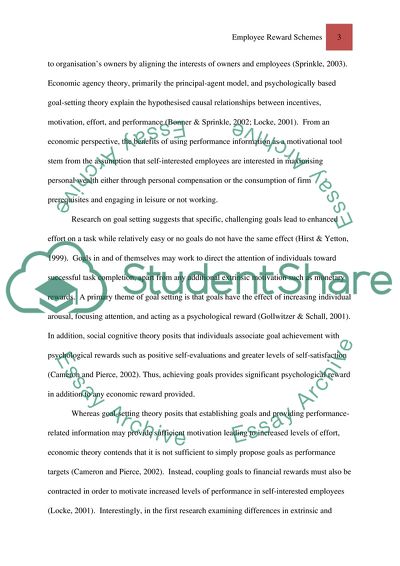Cite this document
(Work Motivation for an Organisation: Employee Reward Schemes Term Paper, n.d.)
Work Motivation for an Organisation: Employee Reward Schemes Term Paper. https://studentshare.org/human-resources/1745042-the-one-best-way-to-increase-work-motvation-for-an-organisation-is-through-employee-reward-schemes
Work Motivation for an Organisation: Employee Reward Schemes Term Paper. https://studentshare.org/human-resources/1745042-the-one-best-way-to-increase-work-motvation-for-an-organisation-is-through-employee-reward-schemes
(Work Motivation for an Organisation: Employee Reward Schemes Term Paper)
Work Motivation for an Organisation: Employee Reward Schemes Term Paper. https://studentshare.org/human-resources/1745042-the-one-best-way-to-increase-work-motvation-for-an-organisation-is-through-employee-reward-schemes.
Work Motivation for an Organisation: Employee Reward Schemes Term Paper. https://studentshare.org/human-resources/1745042-the-one-best-way-to-increase-work-motvation-for-an-organisation-is-through-employee-reward-schemes.
“Work Motivation for an Organisation: Employee Reward Schemes Term Paper”. https://studentshare.org/human-resources/1745042-the-one-best-way-to-increase-work-motvation-for-an-organisation-is-through-employee-reward-schemes.


